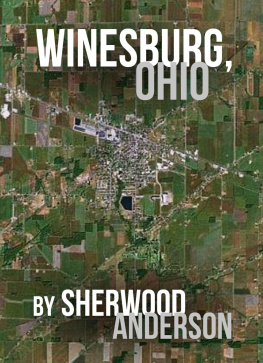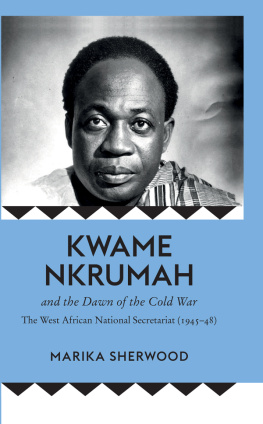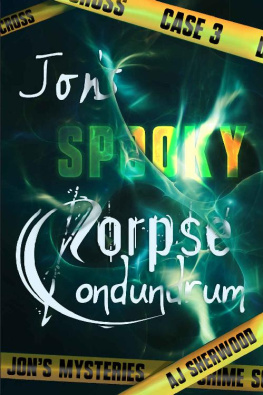The Complete Works of
SHERWOOD ANDERSON
(1876-1941)

Contents

Delphi Classics 2019
Version 1


Browse our Main Series

Browse our Ancient Classics

Browse our Poets

Browse our Art eBooks

Browse our Classical Music series

The Complete Works of
SHERWOOD ANDERSON

By Delphi Classics, 2019
COPYRIGHT
Complete Works of Sherwood Anderson

First published in the United Kingdom in 2019 by Delphi Classics.
Delphi Classics, 2019.
All rights reserved. No part of this publication may be reproduced, stored in a retrieval system, or transmitted, in any form or by any means, without the prior permission in writing of the publisher, nor be otherwise circulated in any form other than that in which it is published.
ISBN: 978 1 78877 993 7
Delphi Classics
is an imprint of
Delphi Publishing Ltd
Hastings, East Sussex
United Kingdom
Contact: sales@delphiclassics.com

www.delphiclassics.com
Interested in modernist literature?
Then youll love these eBooks

For the first time in publishing history, Delphi Classics is proud to offer the complete works of these modernist writers.
Explore Modernists
The Novels

The railway station at Camden, Ohio, c. 1890 Anderson was born in Camden in 1876

A sign welcoming contemporary visitors to Camden and commemorating Andersons connection with the town

Anderson as a child
Windy McPhersons Son

Andersons first novel, published in 1916 as part of a three-book deal with the publisher John Lane, is the story of Sam McPhersons rise in the world of business and his search for emotional enlightenment in later life. Before this, Anderson had written advertising copy and a series of articles aimed at agricultural workers, as well as a number of character sketches for a small literary magazine. Anderson left his job as a copywriter to become president of a mail-order firm, but the stress of this position led to a nervous breakdown during the summer of 1907.
In September 1907, the Anderson family (at that time just Sherwood, his wife Cornelia and son Robert) moved from Cleveland to Elyria, Ohio, where Anderson became head of his own business, the Anderson Manufacturing Company. As part of the familys new home, Anderson set aside an attic where he would escape the stresses of business and family life. It was here and in his office (where Frances Shute, his secretary, would sometimes stay late typing drafts of his first two novels), during a certain winter between 1907 and 1912, that Windy McPhersons Son was composed though there is some evidence pointing to possible edits made between those early years and the novels publication in 1916.
Parallels can be drawn between Andersons own life and the plot of Windy McPhersons Son . The initial section of the novel is inspired by his youth, the second ...combined the ways he had tried to make money in Chicago and Ohio... and the marriage between Sam and Sue resembles the authors with Cornelia. The characters of Mary Underwood and Janet Eberly were likely inspired by Trillena White, a high school teacher that befriended Anderson while he attended the Wittenberg Academy in Springfield, Ohio and who stayed for a time with the Andersons in Elyria.
In addition to the personal connections between Windy McPhersons Son and the authors life, the influence of other writers can also be detected in the book. Anderson himself said of his early writing that he had, come to novel writing by novel reading. In particular, William Dean Howells (whose writing Anderson disliked and reacted against), Arnold Bennett, Thomas Hardy, Henry Fuller, Frank Norris, Theodore Dreiser and George Borrow, are all mentioned by Anderson biographer Kim Townsend as authors that Anderson would have been reading and discussing at the time he wrote Windy McPhersons Son . In his 1951 biography of Anderson, however, Irving Howe was more critical in his assessment of the novels intertexts or lack thereof arguing that other than the early social novels of H. G. Wells and the radical-adventure stories of Jack London... Andersons early novels were all too much his own, reflecting in their style the natural inclination of a poorly educated writer to strain for the literary and lapse into the colloquial.

The first edition
CONTENTS

Title page of the first edition

Cornelia Lane (1877-1967), whom Anderson married in 1904. Initially a happy marriage, it broke down due to Andersons womanising, as well as for the tensions between financial obligations to his family and an obsession with literature tensions that led to Anderson suffering a complete nervous breakdown in 1912. Lane and Anderson formally divorced in 1916.
Next page
































